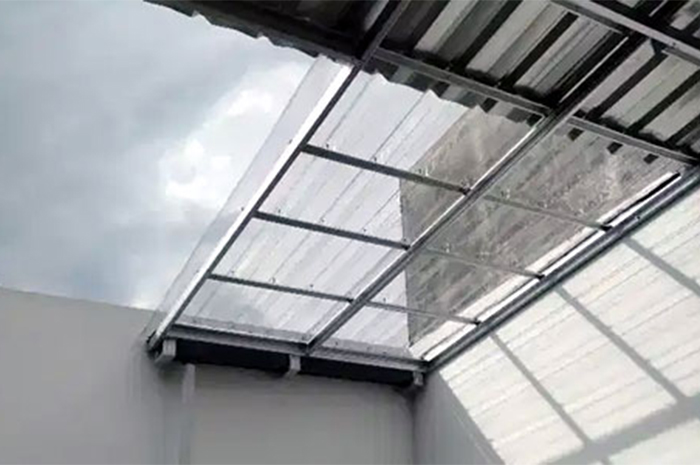 Bahasa Indonesia
Bahasa Indonesia  Inggris
Inggris
 Bahasa Indonesia
Bahasa Indonesia  Inggris
Inggris
 Determining the height of the ceiling of the house from the floor, you can indeed adjust to the wishes. Want a standard, or even a high ceiling, no one forbids. Only, before determining the height of the ceiling, you need to pay attention to several factors. Namely, climate, proportion of space / aesthetics, air circulation and lighting. Here are the basic principles you need to know before determining the ceiling height.
Determining the height of the ceiling of the house from the floor, you can indeed adjust to the wishes. Want a standard, or even a high ceiling, no one forbids. Only, before determining the height of the ceiling, you need to pay attention to several factors. Namely, climate, proportion of space / aesthetics, air circulation and lighting. Here are the basic principles you need to know before determining the ceiling height.
Climate
Try to pay attention, houses in cold climates tend to have low ceilings. In Japan or Europe, for example. 2.4 or 2.5 meter ceiling height is normal. The reason is energy savings. The higher the ceiling the higher the heating is needed.
Meanwhile, in coastal areas or in hot climates, high ceilings allow better air circulation. Maybe you also already know that hot air will move up. Therefore, a high ceiling allows air in the room to remain cool. In addition, with a high ceiling, it is possible for sunlight to enter deeper into all parts of the house. Thus the room does not feel moist. So, if you live in a coastal area with air that tends to heat, you should have a ceiling height of not less than 280 cm, or between 2.8 - 3.2 m.
Proportion and aesthetics
Architectural design is nothing but the proportion of space. Beautiful design means proportionality. Architecture students generally know that to determine the standard ceiling height a room applies the formula: (length + width) / 2. This means that a room measuring 3x4m will appear proportional if the ceiling is around (3 + 4) / 2 = 3.5m.
Of course this is not a standard mathematical formula because ideal proportions can be processed through good interior arrangement. In essence, the bigger the room, the higher the ceiling. Ceiling can also be higher than the width of the room. If it is not offset by a high ceiling, a large room will look like a stuffy hallway. Therefore, if your family room is quite spacious, such as 8x5m without bulkhead, you can make a ceiling of 6-7 m.
Void or Loft
If you build a two-story or more house, a high ceiling will be created by itself. Because, usually there is a void, that is, the space left empty on the second floor so that the view can be directly directed to the 2nd floor ceiling.
You can also create high ceilings by exposing the slope of the roof. That way you can create a beautiful ceiling so that the room will feel wider.
Void can also mean open space without a roof in the part of the house that only has one access, namely from the front. In many housing, your house is surrounded by walls on the left and right. If you get this condition, the presence of voids becomes vital whether in the back or side of the house. That is so that air circulation and sunlight can enter the house.

Komponen Atap Rumah Dan Fungsi-Fungsinya Yang Harus Anda Ketahui Sebelum Mulai Membangun Rumah!

Atap Transparan untuk Rumah, Lebih Baik Pakai atau Tidak?




